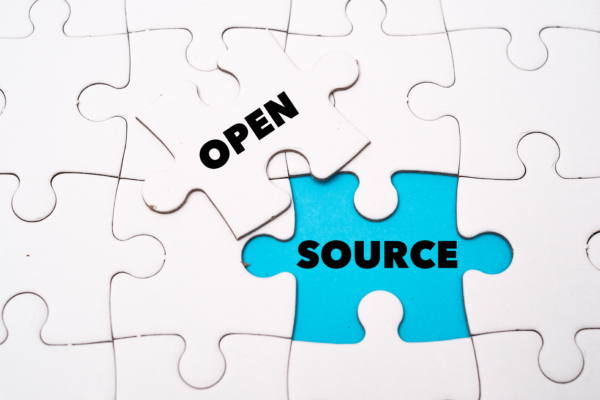Safe C++ proposal for memory safety flames out
Work on the Safe C++ extensions proposal, forged a year ago to address memory safety in the language, has ceased, according to Harry Bott, the CEO of the C++ Alliance, which oversaw the proposal. The plan lost out to safety profiles from C++ founder Bjarne Stroustrup. “Yes, work on Safe C++ within ISO has been […]
Read MoreHow MCP is making AI agents actually do things in the real world
Ensuring security, governance and compliance at scale For enterprises, MCP servers introduce critical control points for data governance and privacy. They can centralize access to sensitive data, managing who can access what, performing dynamic data masking and ensuring only necessary and permitted data is accessed. This capability is vital for enforcing data privacy and compliance […]
Read MorePython and Poetry: 4 tools for keeping Python simple
Serdar Yegulalp is a senior writer at InfoWorld. A veteran technology journalist, Serdar has been writing about computers, operating systems, databases, programming, and other information technology topics for 30 years. Before joining InfoWorld in 2013, Serdar wrote for Windows Magazine, InformationWeek, Byte, and a slew of other publications. At InfoWorld, Serdar has covered software development, […]
Read MoreFrom answer engine to infrastructure: Perplexity launches Search API for developers
For AI builders, fresh data is everything, he said, and legacy search agent results page (SERP) scraper APIs are either “stale, restrictive, or shut down.” Enterprises spend thousands of dollars a month on web scrapers to get around this. There are “compelling reasons” why developers would be interested in Perplexity’s Search API, agreed Thomas Randall, […]
Read MoreSaaS: The quiet power behind cloud computing
Meanwhile, SaaS was quietly becoming part of everything. Email, office productivity, CRM, analytics, security—if you examine the typical enterprise software landscape, most are SaaS solutions. They require no infrastructure decisions, little maintenance, and are often purchased by business units rather than IT. Many see SaaS simply as “apps” rather than part of the cloud industry. […]
Read MoreThe best new features in Postgres 18
Centralizing credential management Enabling scalable, role-based access control Strengthening security posture with standards-based authentication Postgres 18 also includes additional security enhancements. This version deprecates MD5 and enables SCRAM authentication in new locations, including connections to other databases via foreign data wrappers, strengthening protection across distributed environments. Advancing SQL standards: More flexibility for modern applications Postgres […]
Read MoreOpen source registries signal shift toward paid models as AI strains infrastructure
Eight organizations that operate the world’s largest software package registries issued a coordinated warning that their current funding model was “dangerously fragile,” signaling potential changes to how enterprises access the infrastructure powering billions of software downloads monthly. The joint statement, published as an open letter on the Open Source Security Foundation (OpenSSF) website, came from […]
Read MoreTeradata taps open source frameworks to offer agent-building capabilities
Currently, the choices of third-party frameworks and platforms include Flowise, which Workday acquired in August, and CrewAI, with support for LangChain and LangGraph to follow soon. Other tools from Nvidia and cloud service providers, such as AWS, Microsoft, and Google, are expected to be added later, a company spokesperson said. The Futurum Group’s lead for […]
Read MoreAdvanced debug logging techniques: A technical guide
logger.debug(“Received request for user_id=%s with payload=%s”, user_id, payload) Best practices for effective debug logging Be selective: Log what matters Avoid logging every single operation; focus on: Function entry/exit points Conditional branches Variable values that alter execution flow Exception paths and key external calls. Excessive debug logs become noise and impact performance. Structure and context: Make […]
Read MoreAdding up the hidden costs of generative AI
For decades, developers have dreamed of a higher-level abstraction that would free them from boilerplate code. Generative AI comes closer than ever, with senior engineers already letting it take on more of the work. But the vision of an effortless AI-driven future is colliding with hard realities like climbing prices and alarming security issues. Could […]
Read More











